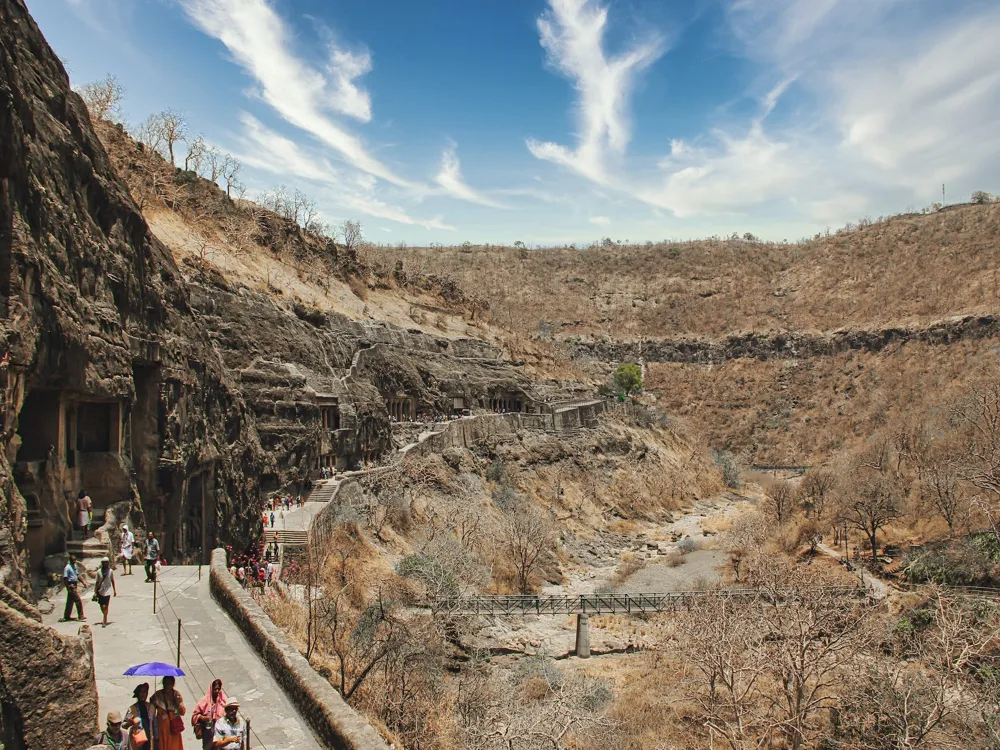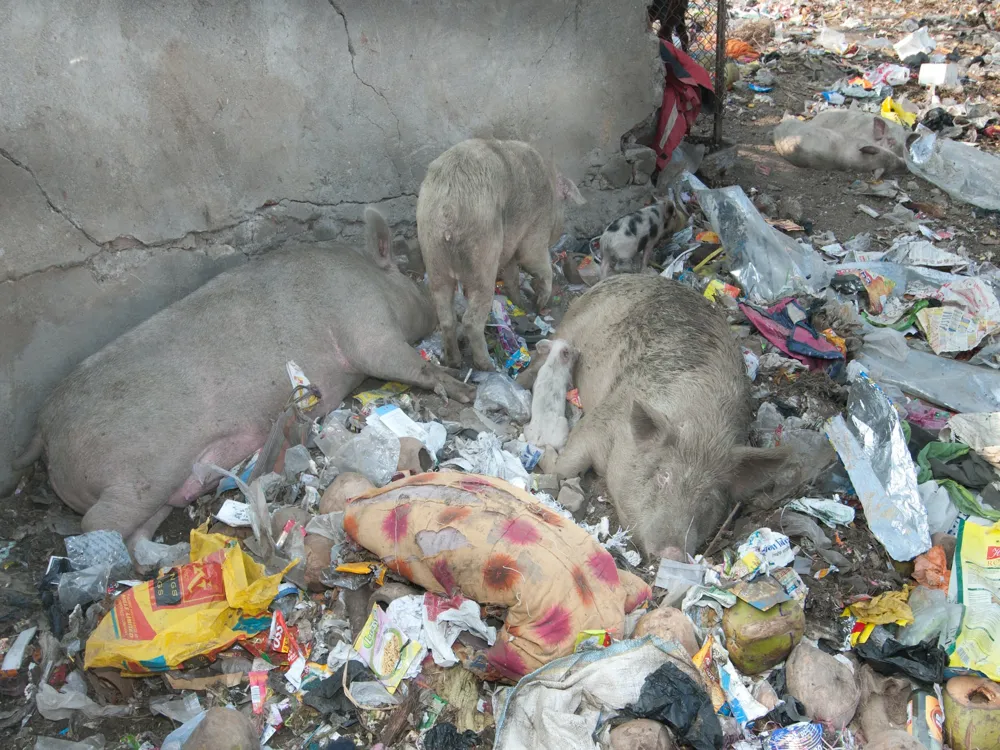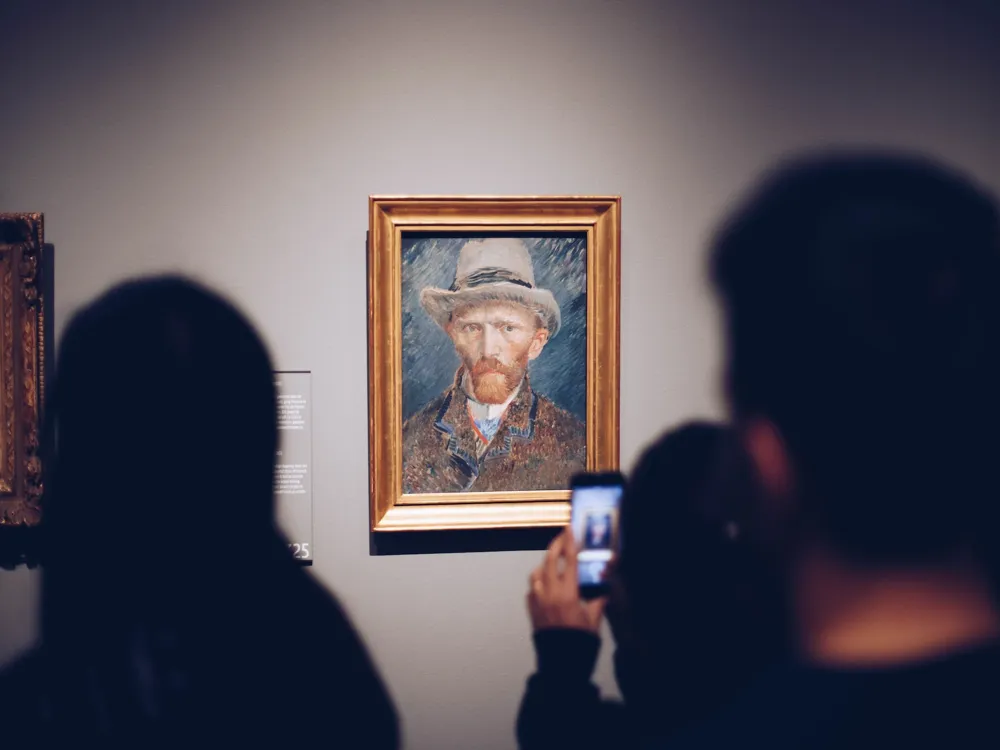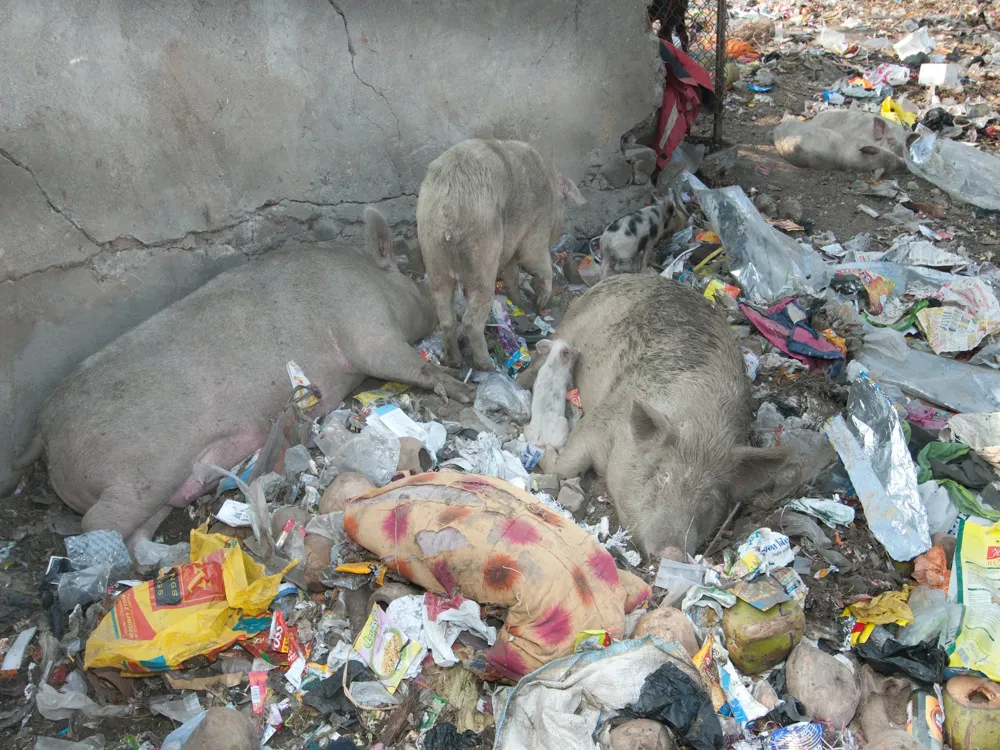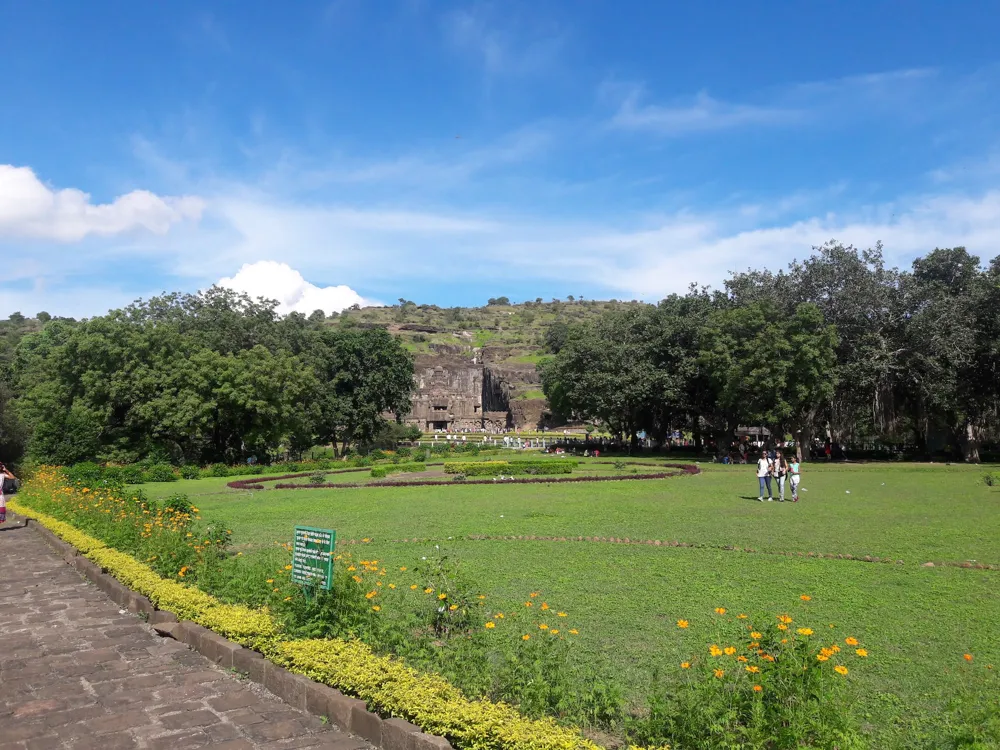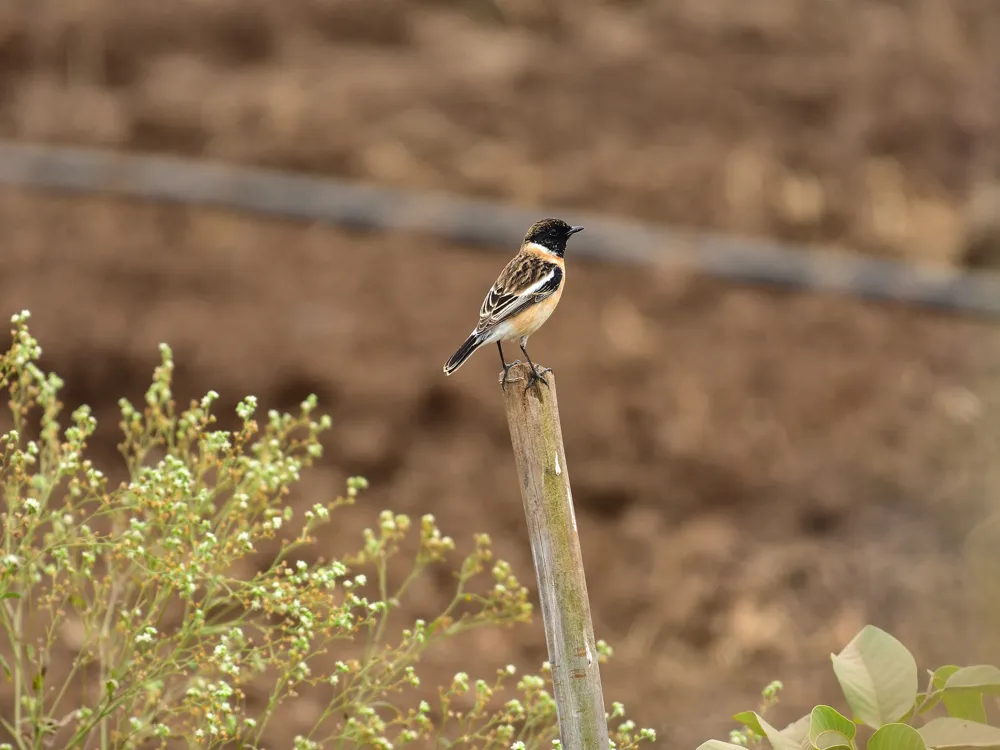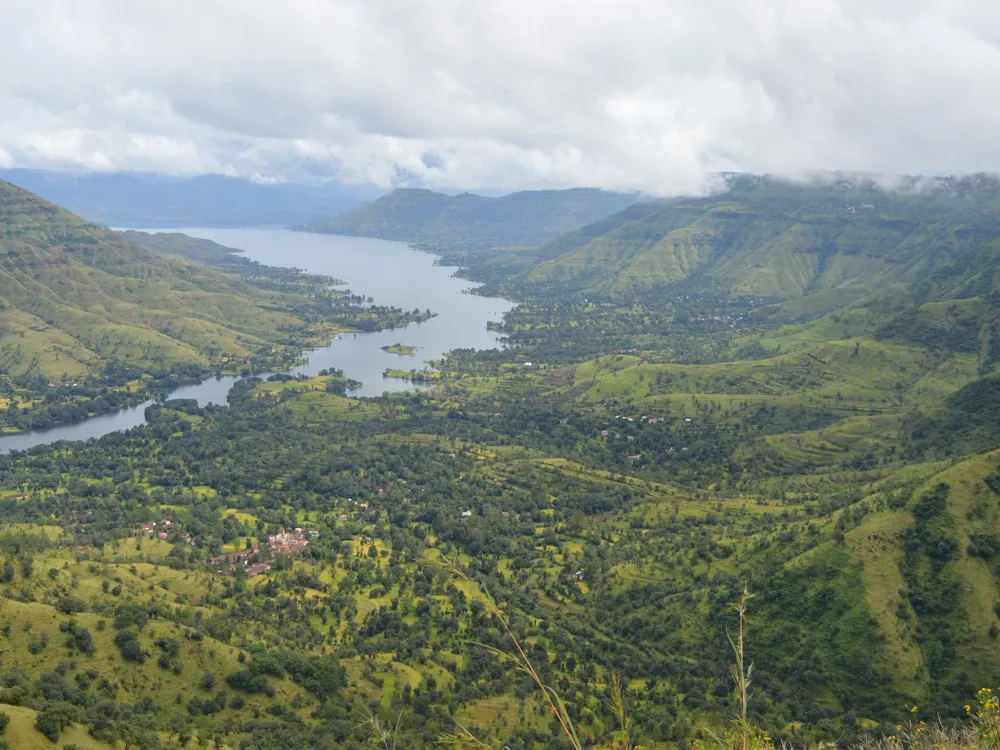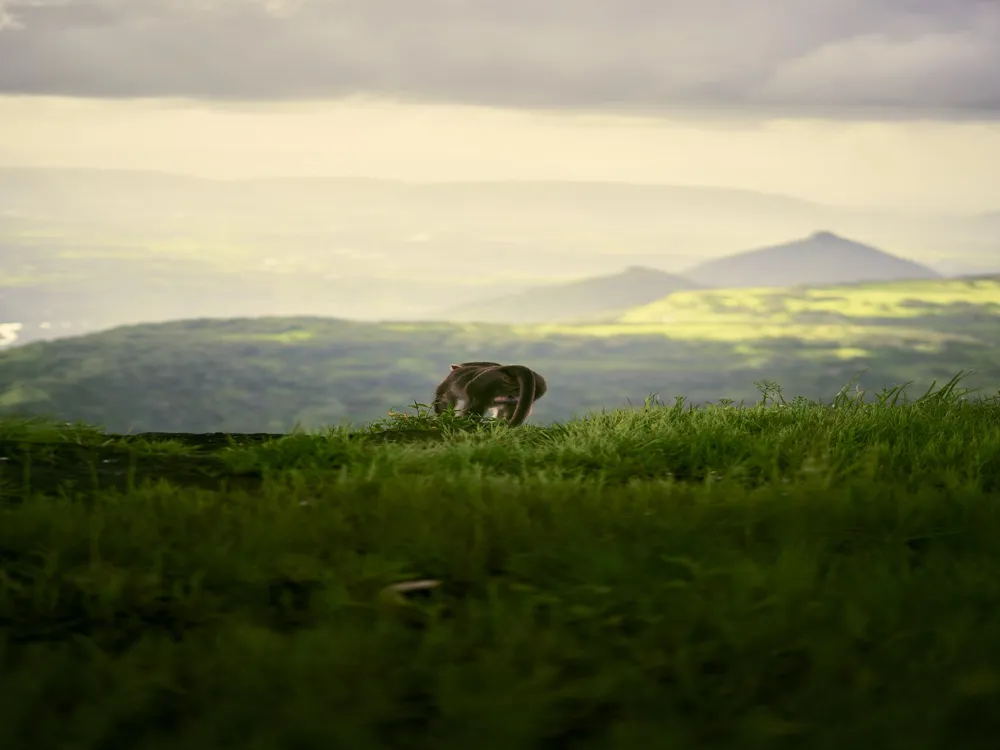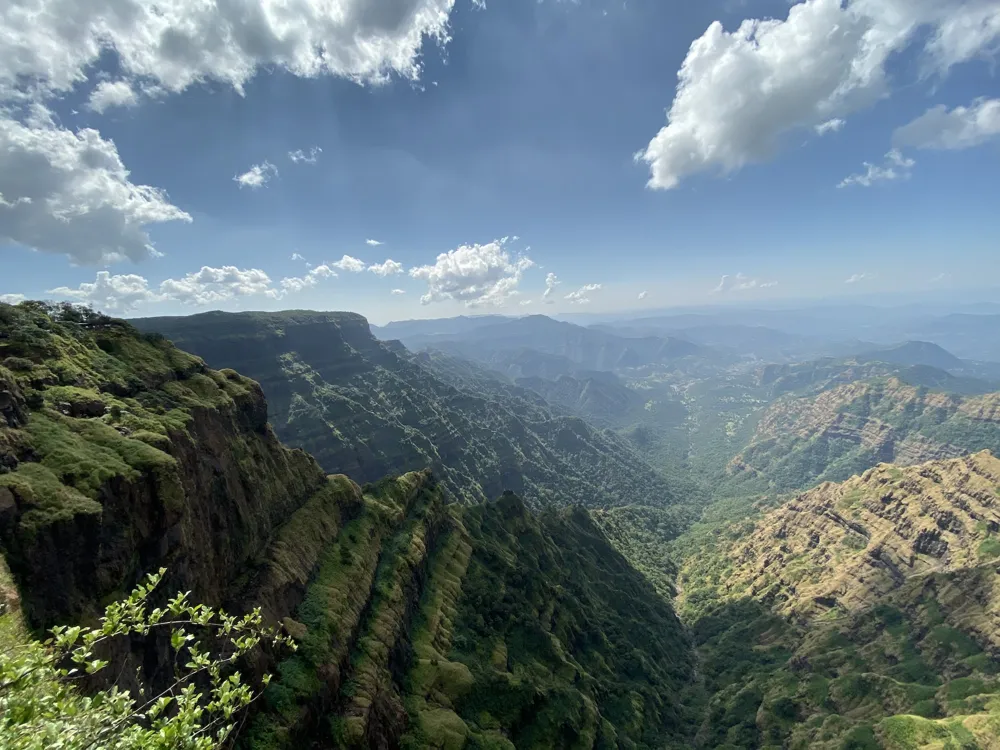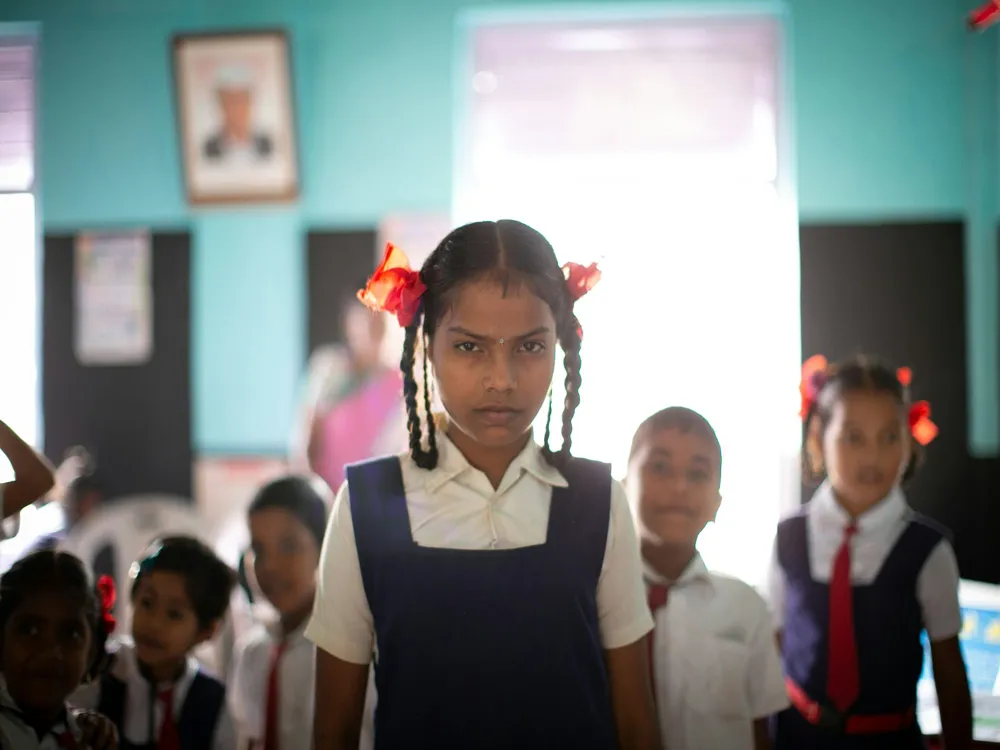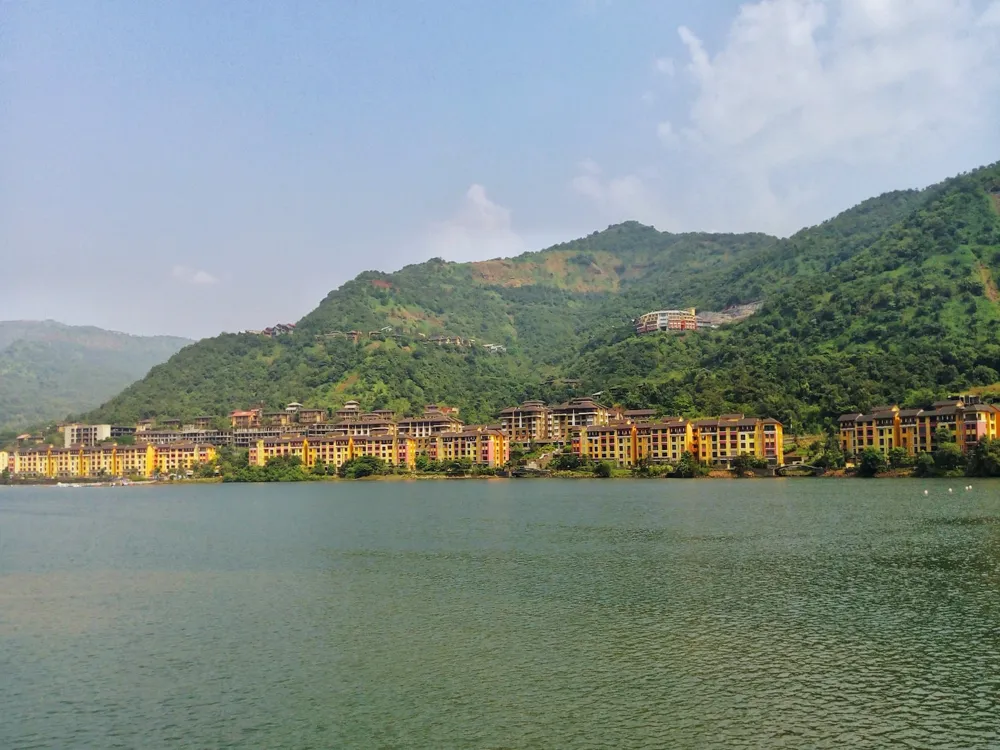The Ellora Caves, nestled in the Aurangabad district of Maharashtra, are a spectacular example of ancient Indian rock-cut architecture. Spanning from the 6th to 10th century AD, these caves are a symbol of religious harmony, featuring Hindu, Buddhist, and Jain monuments and artwork. The site's 34 monasteries and temples are carved out of the Charanandri hills, presenting a fusion of religious beliefs and artistic styles. The caves are renowned for their monumental caves and intricate works of art. They are a testament to the skills of the Indian craftsmen and artists of that era. The Ellora Caves are divided into three main sections, each representing a different religious faith. The first twelve caves are Buddhist, showcasing monasteries and a colossal statue of Lord Buddha. Caves 13 to 29 are dedicated to Hinduism, with Cave 16, the Kailasa temple, being a highlight. This temple is the world's largest monolithic structure, carved top-down from a single rock. The final section, caves 30 to 34, is dedicated to Jainism, featuring detailed carvings and exquisite sculptures. The Ellora Caves are not only a cultural and architectural marvel but also a symbol of the religious tolerance of ancient India. The architecture of the Ellora Caves is a monumental example of rock-cut architecture in India. Each cave and temple at Ellora presents a unique blend of religious symbolism and architectural ingenuity. The Buddhist caves are predominantly viharas or monasteries with large, multi-storied buildings carved into the mountain face. They feature living and sleeping quarters, kitchens, and other functional spaces, along with intricately carved prayer halls. The Hindu caves are more elaborate, with the Kailasa Temple being the epitome of rock-cut architecture. This temple is a complete replication of a traditional Hindu temple, with courtyards, a sanctum, and assembly halls, all intricately carved from a single piece of rock. The carvings depict various Hindu deities and mythologies, with an attention to detail that is staggering. The ideal time to visit the Ellora Caves is between November and February, when the weather is pleasant and conducive for exploration. Summers can be quite hot, and the monsoon season may restrict movement within the caves. Visitors should wear comfortable footwear as exploring the caves involves a lot of walking, sometimes on uneven terrain. Opting for a guided tour can enhance the experience as knowledgeable guides provide insights into the history, architecture, and cultural significance of the caves. Check for photography restrictions in certain areas of the caves to ensure respect for the sanctity of these historical sites. Ellora Caves are well-connected by road and are situated approximately 30 kilometers from Aurangabad city. Visitors can reach Aurangabad by air, rail, or road from major cities in India. From Aurangabad, one can hire taxis or take buses to reach the Ellora Caves. The nearest airport is Aurangabad Airport, and the city is also well-connected by train to major Indian cities. READ MORE:Overview of Ellora Caves in Aurangabad, Maharashtra
Architecture of Ellora Caves
Tips When Visiting Ellora Caves
Best Time to Visit
Wear Comfortable Footwear
Guided Tours
Photography Restrictions
How to Reach Ellora Caves
Ellora caves
Aurangabad
Maharashtra Goa
NaN onwards
View aurangabad Packages
Weather :
Label : Must Visit
Tags : Cave
Time Required : 3 to 4 hours
Planning a Trip? Ask Your Question
Aurangabad Travel Packages
View All Packages For Aurangabad
Top Hotel Collections for Aurangabad

Private Pool

Luxury Hotels

5-Star Hotels

Pet Friendly
Top Hotels Near Aurangabad
Other Top Ranking Places In Aurangabad
View All Places To Visit In aurangabad
View aurangabad Packages
Weather :
Label : Must Visit
Tags : Cave
Time Required : 3 to 4 hours
Planning a Trip? Ask Your Question
Aurangabad Travel Packages
View All Packages For Aurangabad
Top Hotel Collections for Aurangabad

Private Pool

Luxury Hotels

5-Star Hotels

Pet Friendly





